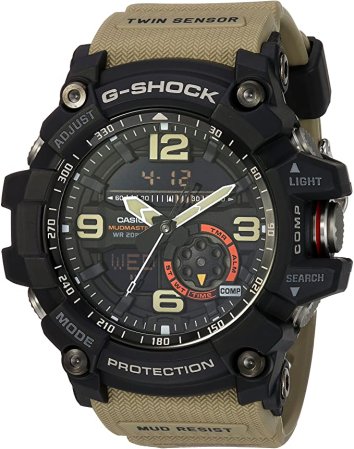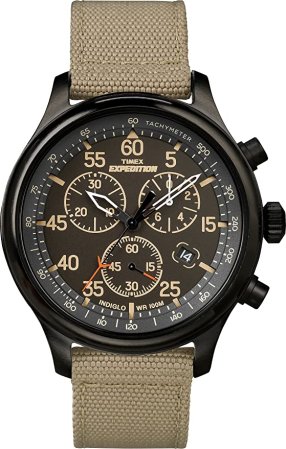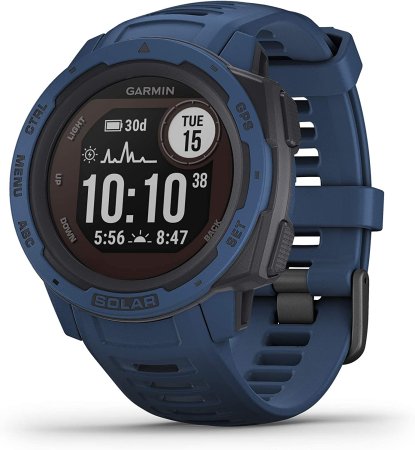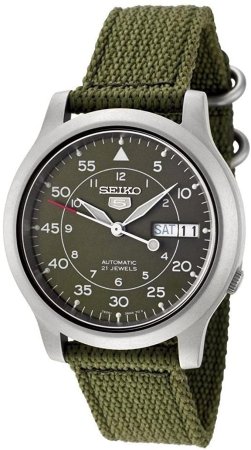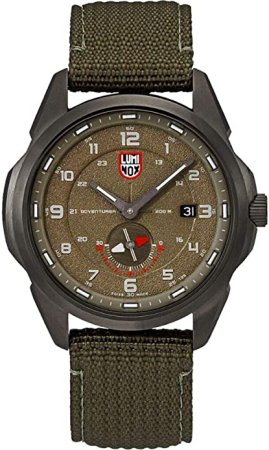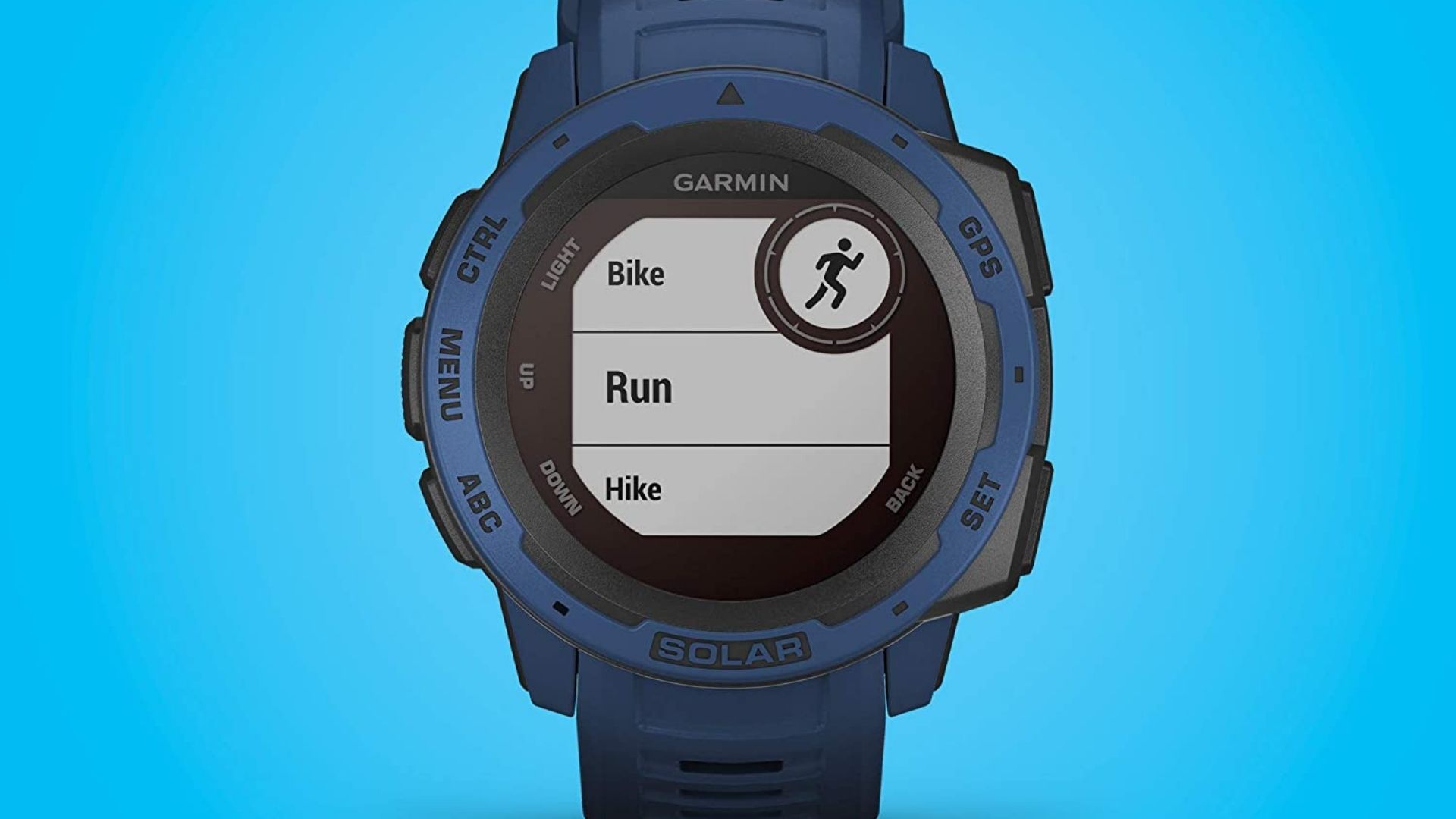

We may earn revenue from the products available on this page and participate in affiliate programs.
The sun hangs low in the arctic sky. Growing weary from exposure to the elements, you lose track of time as days become weeks. You check your survival watch. It’s time to eat some marmot jerky, face outboard, change your socks, and carry on.
I’m not saying that exact scenario is going to happen, but you’d feel pretty dumb if it did and you didn’t have a watch to remind you about marmot-eating time after I specifically warned you. What makes a good survival watch? Reliability is the main thing. Fragile gear has no place in your survival kit. Beyond that, there are a few strategies you can use. GPS watches offer the most technology and features. Automatic watches free you from worrying about your battery going dead. Tried-and-true tactical watches have decades of proven success in harsh environments. Read on to see which style suits you.
Casio G-Shock GG-1000
Timex Expedition
Garmin Instinct
Seiko 5
Luminox Atacama Adventurer
Related: 7 men’s watches to kickstart any collection
Why Should You Trust Us
Here at Task & Purpose, I’ve done plenty of work to bring you the best survival gear out there. That includes recommending the best food, water, and shelter to keep you going when the plan takes one between the running lights and you feel like firing a brown star cluster. The good news is that you don’t have to go full-on prepper to set yourself up for success. Spreading these purchases out makes building a survival kit more affordable, and most of these items double as camping supplies in the meantime.
The most common types of survival watches
Not all survival situations are the same, and it should come as no surprise that the gear they require is just as diverse. When you pick out a survival watch for your survival kit or part of your everyday carry, prioritize the features that matter most to you to get the most bang for your buck.
Analog watches
The analog watch face is timeless and never goes out of style. It can also be found on most of the survival watches on the market, thanks to its simplicity and enduring appeal. There are designs to satisfy anyone’s personal style, and there’s a nice variety on this list. Old-school analog watches are stone-simple and inexpensive, while premium options combine analog hands with digital screens to give you the best of both worlds.
Analog watches can keep up with digital watches in most aspects, but they do have some inherent limitations as a result of having physical hands. That’s not a bad thing, it’s just something to consider.
Digital watches
Digital watches offer certain features that purely analog watches just can’t. Take advantage of things like 24-hour time, stopwatches, lap timers, multiple alarm clocks, and the ability to flip through information to get what you need, when you need it without cluttering up the small watch face with everything at once.
All this digital power needs a battery to run, so it’s not a bad idea to keep a fresh battery around to give yourself a backup in case of an emergency. Personal preference plays a part in watch selection, too, and some people feel strongly about the choice between digital and analog. Both are viable options, so go with the one that feels right to you.
Smart watches
One of the strategies embraced by all survivalists is conserving weight and space. Since you’ll likely need to carry everything and travel by foot in a survival situation, everything you bring needs to earn its keep. One way to pack a huge amount of power into a small item is with a smartwatch. By combining timekeeping with GPS navigation, health monitoring, and weather instruments, these advanced watches are one of the best assets you can have.
Keep in mind that this much computing power requires a lot of electricity compared to a traditional watch, so battery life is limited. Solar charging can extend lifespan, but you’ll still want to keep an eye on that charge meter.
What to look for when buying survival watches
There is so much variety in the world of survival watches that you need to prioritize your own wants and needs before making an informed decision. If you want to prepare for long-term wilderness survival, you might be best served by an automatic watch that doesn’t require a battery –– even if that means forfeiting other features. If you plan on making a quick escape back to civilization, consider a GPS watch that makes up for (relatively) limited battery life with an impressive array of advanced capabilities. Of course, you can always split the difference with a digital watch.
The sky’s the limit when it comes to watches, and some manufacturers even provide emergency response services that you can summon with a distress signal. They cost a tremendous amount of money, though, and you never know who your rescuer will be.
The advantages of owning a survival watch
In a survival situation, your mind can be your greatest asset and your most costly liability. It might feel like you’ve been walking forever, but how long has it actually been? How much daylight do you have until sunset? How long has that meat been cooking over the campfire? These are all questions that can be answered with a watch, but you don’t want to trust the answers to just any watch off the shelf.
Survival watches are, first and foremost, reliable. They need to be water-resistant, have a long battery life, and keep on ticking even when you feel like giving up. To make this gear guide, I searched for quality products from reputable manufacturers. Each watch here boasts its own strengths and capabilities, and I’d trust any one of them in an emergency situation.
- Stay on top of survival tasks with better time management
- Set timers and alarms to keep a more regular schedule
- Use navigational aids to chart a course to safety
Pricing ranges for survival watches
- Less than $100: For less than $100, you can get a reliable survival watch from a credible manufacturer. At this price, you’ll likely be shopping for an analog watch.
- Between $100 and $350: This tends to be the sweet spot for many buyers. These watches are high-quality and can last a lifetime, but won’t break the bank with premium features.
- More than $350: Beyond about $350, survival watches take a sharp high-end turn. Premium brands offer cutting-edge features and build quality that work just as well as an everyday watch around town.
How We Chose Our Top Picks
I would love to hand-test all of these watches, but sometimes time and logistical constraints get in the way. Fortunately, I’ve personally used most of these brands in challenging environments and can speak to their level of quality. I also leaned on the experiences of thousands of customers who rated these products and wrote their own reviews. By consulting crowd wisdom, I was able to weed out the underperformers and find something for a range of styles and budgets.
Related: The best survival kits that won’t fail you when everything else does
